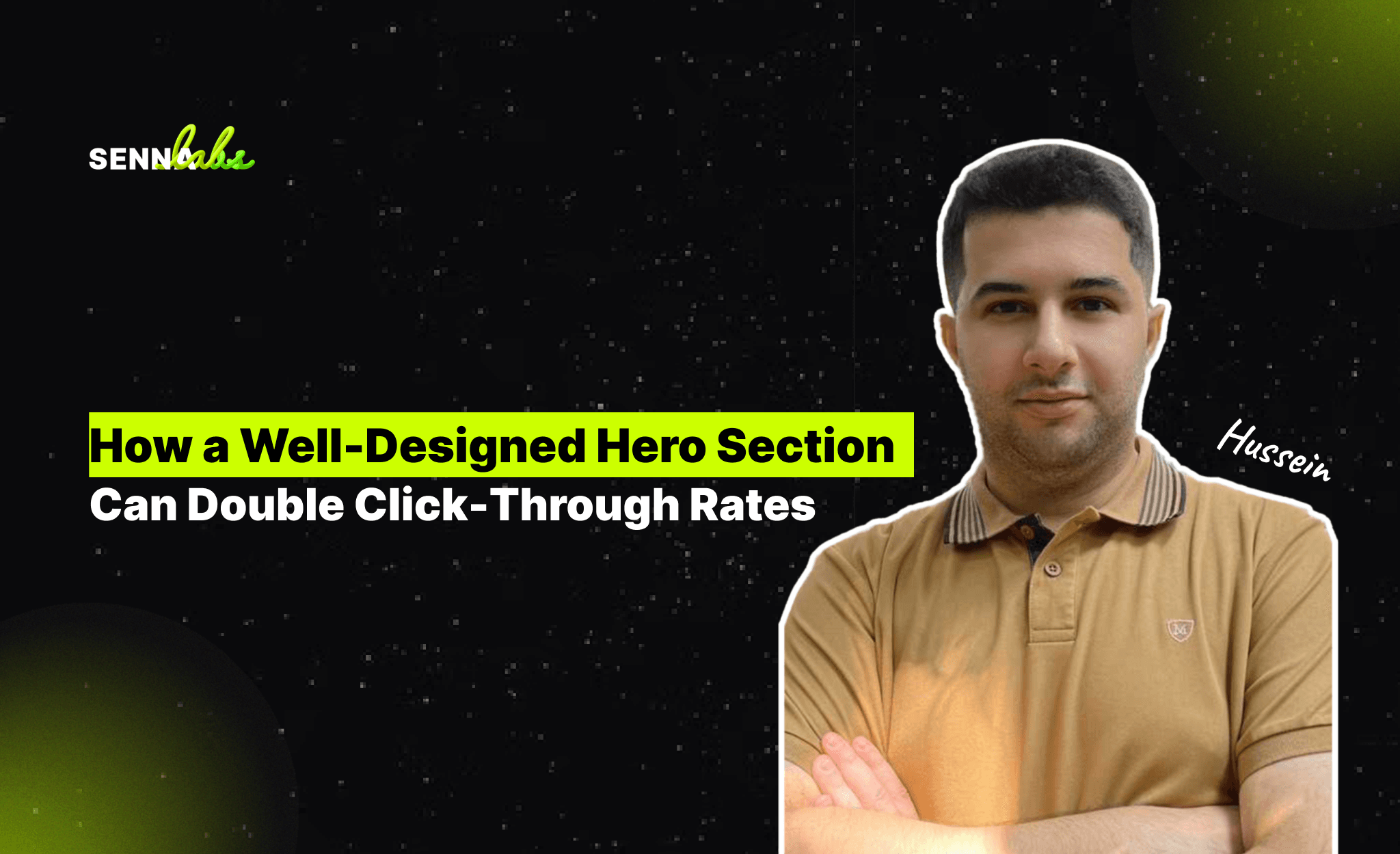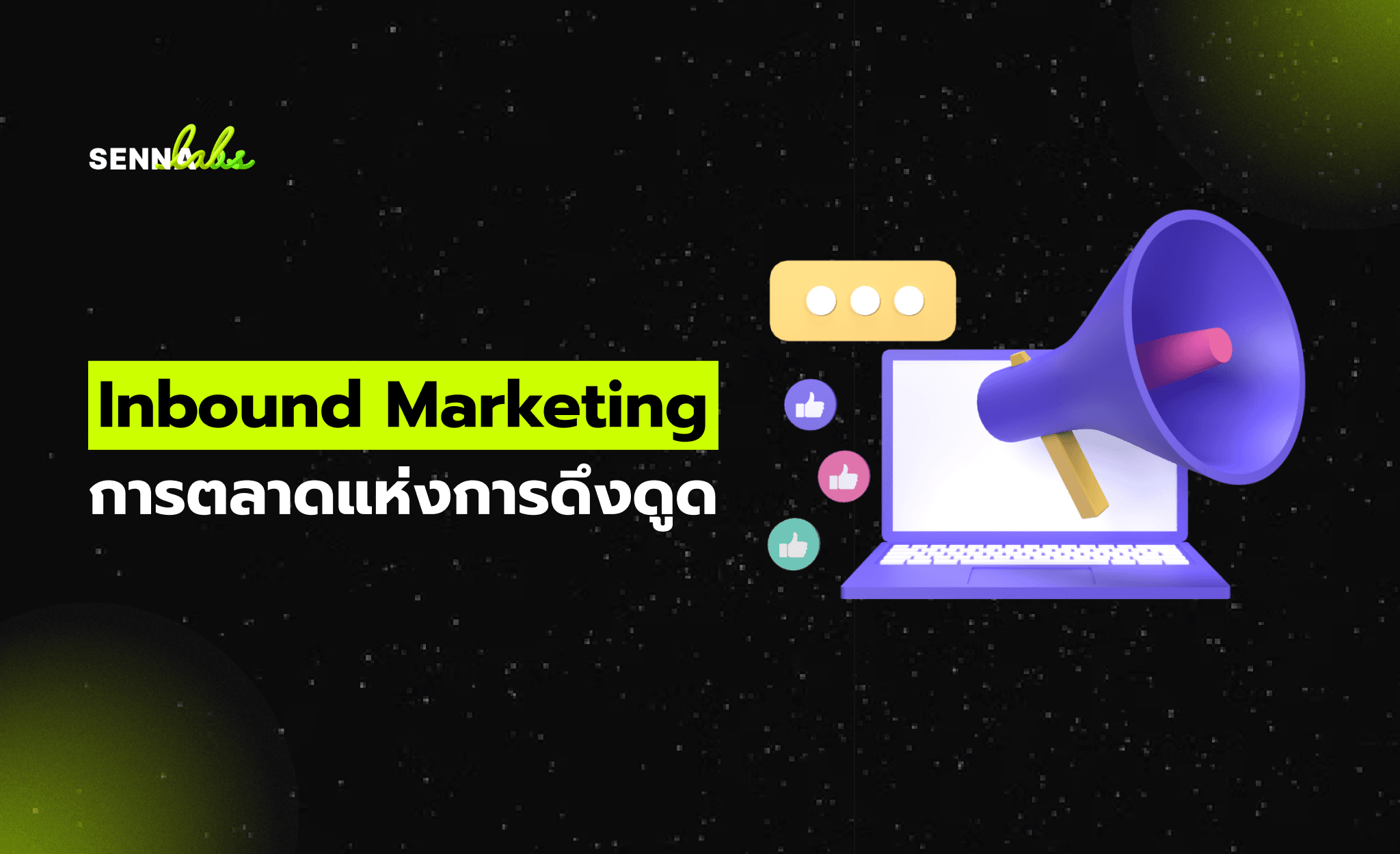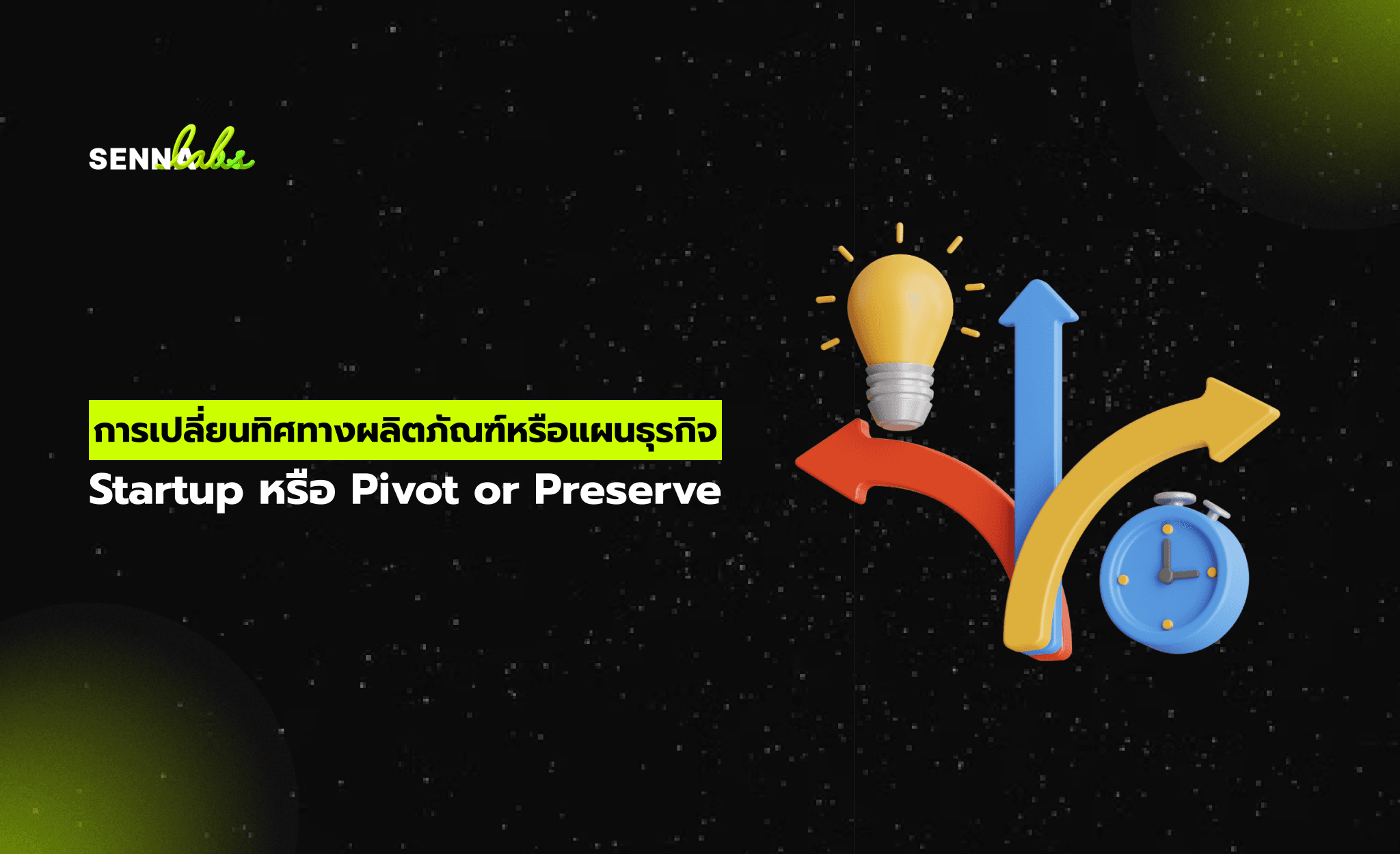How a Well-Designed Hero Section Can Double Click-Through Rates
Share

The hero section of a website is the first impression users have when they land on a page. It’s where you get to showcase your key message, communicate your offer, and guide users to the next step in their journey. However, many websites miss the mark by overcomplicating this section with rotating banners, vague messaging, or slow load times.
A well-designed hero section with clear messaging and a strong call-to-action (CTA) can significantly boost user engagement and conversion rates. If done correctly, this crucial area of your website can drive higher click-through rates (CTR), resulting in more sales, leads, and sign-ups.
In this article, we’ll explore how a simple design tweak can improve your hero section’s performance and show how one online fashion brand increased its click-through rates by two times by simplifying its hero section.

The Power of the Hero Section
The hero section is often the first thing a visitor sees when they land on your homepage or a key landing page. It should be compelling enough to draw visitors in and direct them toward the action you want them to take.
A successful hero section should:
-
Visually captivate users and set the tone for the brand
-
Convey a clear, concise message that explains what the user will gain
-
Have a strong CTA that guides users to the next step
-
Be fast to load to ensure good user experience
In a highly competitive digital landscape, a hero section that performs well can be a game changer for driving traffic and increasing conversions. But, if your hero section is unclear, difficult to navigate, or slow to load, it could be turning potential customers away.
Common Hero Section Pitfalls
1. Slow, Auto-Rotating Banners
Rotating banners often delay load times and confuse users. When banners switch too quickly, users may not have enough time to absorb the message or click on it.
2. Vague Messaging
If your hero section’s message isn’t immediately clear or compelling, users may leave the page without fully understanding what your site offers. Complex phrases or generic slogans also fail to grab attention.
3. Unclear Call-to-Action (CTA)
A CTA that blends into the background or uses weak wording like “Learn More” can confuse users. You want a CTA that stands out and clearly directs the user toward the next action (e.g., “Shop Now” or “Get Started”).
Case Study: Fashion Brand Increases CTR by 2x with a Simpler Hero Section
An online fashion brand had been using a rotating banner at the top of their homepage to showcase promotions, new collections, and seasonal discounts. However, despite good traffic, the company noticed that many users weren’t interacting with the banners. The click-through rate (CTR) was low, and bounce rates were high.
The Problem:
-
The rotating banner took too long to load, especially on mobile.
-
Users didn’t have enough time to process the message before it switched.
-
The CTA buttons were hard to find, and there were multiple competing messages.
-
Mobile users found the banner difficult to navigate because of the speed at which it rotated.
The Solution:
The team decided to replace the rotating banner with a static image that conveyed a clear, focused message. The new hero section included:
-
A bold, simple message: “50% Off Today Only”
-
A prominent CTA button: “Shop Now” that stood out with bright, contrasting colors
-
A high-quality product image that reflected the brand’s aesthetics
-
Optimized image loading to reduce page load times, ensuring users wouldn’t face delays
The Results:
-
Click-through rates doubled almost immediately after the update.
-
The bounce rate dropped, as users found the message clearer and were more likely to click through.
-
Mobile CTR increased significantly, thanks to the optimized design for smaller screens.
-
The brand saw a 10% increase in sales from the homepage during the first month after the redesign.
This simple change—replacing a rotating banner with a static, well-designed hero section—had a profound impact on the website’s performance. Users were now able to understand the offer quickly and were more likely to take action.
Best Practices for Designing a High-Performing Hero Section
1. Clear, Concise Messaging
Your hero section’s headline should communicate the main value proposition of your website. Keep it simple and action-oriented. For example:
-
“50% Off Today Only” or
-
“Get Your Free Trial Now”
2. Strong and Visible CTA
Your CTA should be large, prominent, and easy to find. Use words that drive action:
-
“Shop Now”
-
“Sign Up Today”
-
“Get Started”
-
“Book Your Appointment”
Make sure the CTA button stands out in contrast to the rest of the page’s design.
3. Simple Visuals
Use high-quality images that reflect your brand’s identity. Avoid cluttered visuals or over-complicated imagery. Keep the focus on the main product or offer.
4. Mobile Optimization
Ensure your hero section looks great on all devices. Use responsive design principles to adapt the layout for mobile users. Make sure the text is large enough to read on smaller screens, and buttons are easy to tap.
5. Speed and Performance
Make sure the hero section loads quickly to avoid frustrating users. Optimize images and use techniques like lazy loading to ensure the page loads in under 3 seconds, especially on mobile.
Conclusion:
Your hero section is more than just an introductory area—it’s your opportunity to make a lasting first impression and drive conversions. By simplifying the design, improving the clarity of your messaging, and optimizing for speed, you can significantly boost user engagement and sales.
As the case study of the fashion brand demonstrates, even small changes—like replacing a rotating banner with a static, focused message—can have a huge impact on your click-through rate and overall sales.
If your hero section is confusing, slow, or unclear, it’s time to simplify. A clean, clear hero section can be the difference between a visitor bouncing and a customer buying.

Share

Keep me postedto follow product news, latest in technology, solutions, and updates
Related articles
Explore all


